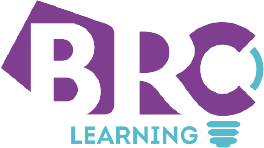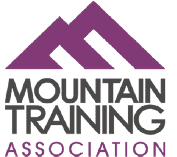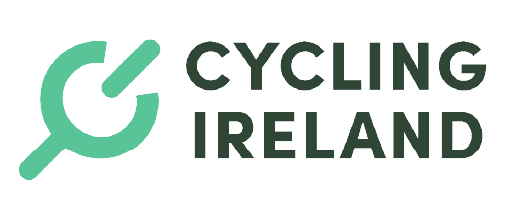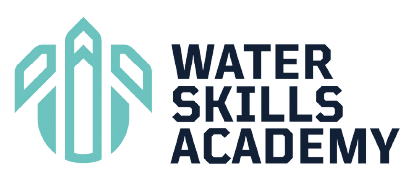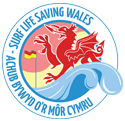What does the safeguarding process involve?
The concept of safeguarding extends to various settings, including schools, healthcare facilities, community organisations, sports clubs, associations and training courses. It is applicable whether the contact is in a face to face context or in an online space. Although most commonly associated with safeguarding against harm, the term is also used to describe protection against training with under qualified instructors in circumstances which are not fit for purpose.
The safeguarding process encompasses a range of activities such as:
Prevention - Implementing strategies to minimise risks and prevent harm from occurring in the first place. This could involve training staff, conducting background checks, verifying qualifications, raising awareness, and creating a safe environment.
Identification - Recognizing and identifying individuals who may be at risk or experiencing harm. This involves being vigilant for signs of abuse, neglect, or other forms of harm.
Reporting - Establishing clear procedures for reporting concerns about potential abuse or harm. This could involve reporting to relevant authorities, such as child protective services or law enforcement.
Response - Taking appropriate and timely action when concerns are raised. This might involve providing support to victims, involving relevant agencies, and conducting investigations as needed.
Support - Providing ongoing support and care for individuals who have experienced harm or are at risk. This could include counselling, therapy, medical attention, and assistance with legal proceedings.
Collaboration - Working collaboratively with various agencies, organisations, and individuals to ensure a coordinated approach to safeguarding. This might involve sharing information and expertise to provide the best possible support.
/Nicola%20Jasieniecka.jpeg)
